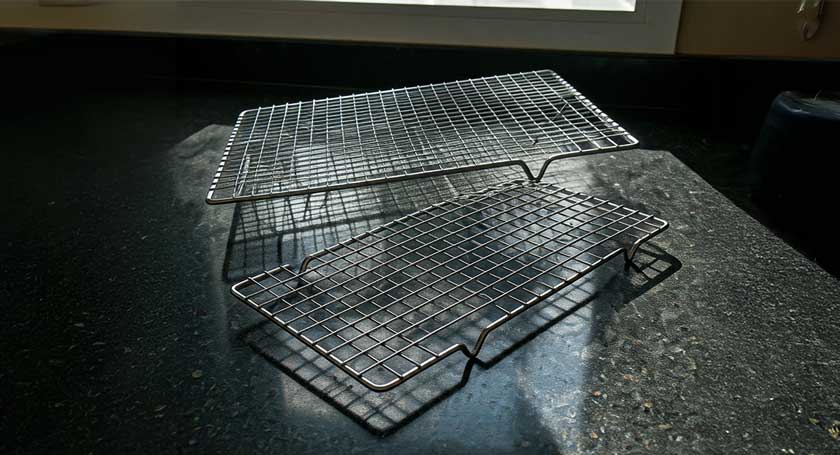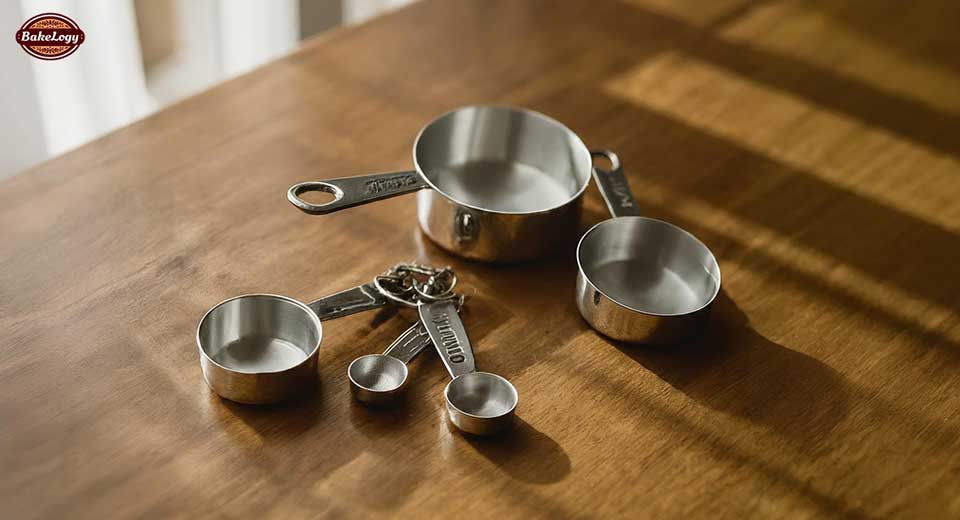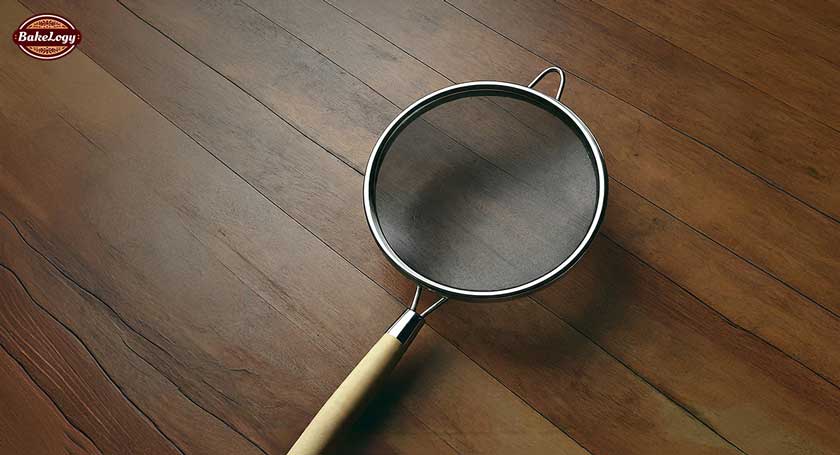When it comes to baking, having the right tools can make all the difference between a perfect cake and a kitchen disaster. Among the myriad of utensils in a baker’s toolkit, the spatula stands out as one of the most versatile and indispensable. Whether you’re mixing batter, folding ingredients, or frosting a cake, a spatula is your go-to tool. In this blog post, we’ll explore everything you need to know about spatulas, from the different types available to tips on how to use and care for them.
Types of Spatulas
1. Rubber/Silicone Spatula
These spatulas are flexible and heat-resistant, making them perfect for mixing, folding, and scraping the sides of bowls. Silicone spatulas are particularly popular because they can withstand higher temperatures, making them suitable for use in hot pans and with melted chocolate.
- Uses: Scraping bowls, folding ingredients, stirring hot mixtures.
- Pros: Heat-resistant, flexible, durable, available in various sizes.
- Cons: Can be too flexible for some tasks requiring firmness.
2. Offset Spatula
An offset spatula has a bend between the handle and the blade, allowing for better control when spreading and smoothing. This spatula is essential for frosting cakes and leveling batter in pans.
- Uses: Frosting cakes, leveling batter, lifting cookies or delicate items from a baking sheet.
- Pros: Provides precision and control, ergonomic design, great for delicate tasks.
- Cons: Limited use outside of spreading and leveling.
3. Metal Spatula (Turner)
Often referred to as a “turner,” this spatula is flat and sturdy, making it ideal for flipping items like pancakes, cookies, or even burgers. It’s not as flexible as silicone or rubber spatulas, but it’s perfect for tasks that require a firm tool.
- Uses: Flipping pancakes, turning cookies, transferring baked goods.
- Pros: Durable, strong, ideal for flipping and lifting.
- Cons: Not suitable for mixing or scraping.
4. Fish Spatula
Designed with a thin, flexible metal blade, the fish spatula is perfect for flipping delicate items like fish fillets, but it’s also handy in baking for tasks that require precision.
- Uses: Flipping fish, transferring baked goods, handling delicate pastries.
- Pros: Thin, flexible, offers precision.
- Cons: Limited to specific tasks.
How to Choose the Right Spatula
When selecting a spatula, consider the following factors:
- Material: Silicone spatulas are heat-resistant and non-stick, making them ideal for most baking tasks. Metal spatulas are more durable and can handle heavier lifting but may scratch non-stick surfaces.
- Size: Smaller spatulas are perfect for detailed tasks like spreading frosting, while larger ones are better for mixing and folding.
- Flexibility: A more flexible spatula is ideal for scraping bowls, while a firmer one is better for flipping and lifting.
How to Use a Spatula in Baking
The versatility of a spatula is unmatched. Here are some key ways to use it in your baking process:
- Mixing: Use a silicone spatula to gently fold in ingredients like whipped cream or egg whites without deflating them.
- Scraping: A flexible spatula is perfect for scraping every last bit of batter from a bowl.
- Frosting: An offset spatula helps achieve a smooth, professional-looking finish on cakes and cupcakes.
- Flipping: A metal spatula is ideal for flipping cookies or pancakes to ensure even cooking.
Care and Maintenance of Spatulas
Proper care ensures your spatulas last longer and perform better:
- Cleaning: Most spatulas are dishwasher safe, but hand washing is recommended, especially for wooden-handled spatulas, to extend their life.
- Storage: Store your spatulas in a dry place to prevent mold, particularly with silicone spatulas. Avoid placing heavy items on top of them to prevent warping.
- Inspection: Regularly inspect your spatulas for wear and tear. Replace any spatulas that show signs of cracking or if the edges have become too worn to be effective.
Spatula Recommendations for Bakers
For those looking to invest in a high-quality spatula, here are a few recommendations:
- OXO Good Grips Silicone Spatula Set: Known for their durability and heat resistance, these spatulas are a great all-around choice for baking.
- Wilton Angled Spatula: Perfect for frosting cakes, this offset spatula provides the precision needed for a professional finish.
- Vollrath Stainless Steel Fish Spatula: While designed for fish, this spatula is incredibly versatile and can handle delicate pastries with ease.
Conclusion
The spatula may seem like a simple tool, but it plays a crucial role in the success of many baking tasks. Whether you’re a beginner baker or a seasoned pro, having a variety of spatulas in your kitchen will ensure you’re prepared for any recipe that comes your way. Investing in a quality spatula not only makes your baking easier but also more enjoyable, allowing you to achieve better results with less effort.



